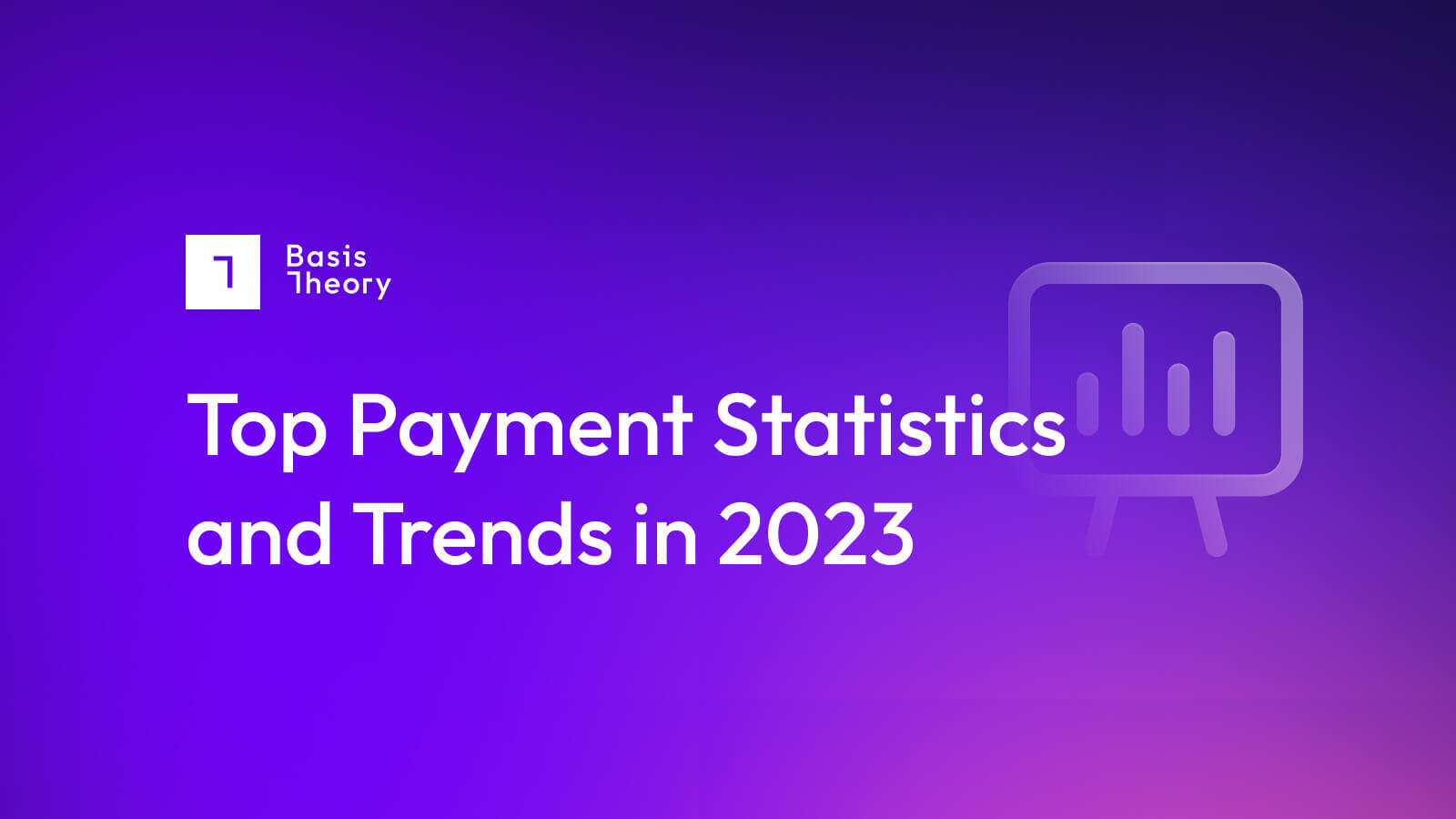Addressing and Reducing Delinquent Payments

Payments become delinquent when they are not made according to a pre-agreed schedule. Almost by definition, then, they are almost always associated with recurring payments: loan payments, periodic payments toward subscriptions, and so forth. While payments for one-off purchases either complete successfully or don’t, payments for ongoing commitments can easily become delinquent under a range of circumstances. For merchants, however, who are attempting to run businesses based upon the promise of future revenue from committed customers, delinquent payments represent not only missed turnover but also a risk to their underlying business model.
The Problem with Payments Becoming Delinquent
Merchants operating businesses that rely on continuous payments must build a model that assumes a certain proportion of customers will successfully renew when their commitment is complete - and, indeed, that those customers will successfully complete their initial commitment. For a SaaS business, for instance, companies tend to balance the Cost to acquire a Customer (CAC) against the Lifetime Value (LTV) of that customer; if they assume the customer will stay in good standing for, say two years (delivering 24 monthly payments, to complete their LTV), then the business can spend up to 6 - 12 months worth of those payments in CAC and still make a profit over the long run. However, if the customer abruptly stops paying after just 6 to 9 months, then the initial CAC investment becomes too great, and the merchant risks depleting their capital.
On a more nuanced level, it may also be the case that when a merchant sees a pattern of existing customers’ payments becoming delinquent they should recognize a signal from the marketplace: customers are, perhaps, dissatisfied with the product or service they’ve contracted for, and are voting with their pocket books.
Not All Delinquent Payments are Made the Same
While it is true that some payments become delinquent because customers have made an active decision to stop paying, the reality is that the majority are actually because of some oversight or problem in the payment process. For instance, credit cards generally expire every two years, so a merchant that sells two year contracts that are paid by credit card knows that literally every single one of their customers will likely have a credit card expire at some point during their contract. Similarly, when customers use credit or debit cards to satisfy their commitment, they may on occasion find themselves with insufficient funds or credit to complete a payment they actually intended to make.
The bottom line is that, as often as not, delinquent payments are the result of either a mistake or an unexpected hiccup in the payment process. And, more importantly, these inadvertent delinquent payments can likely be recovered with a little extra effort.
Fundamental Ways to Reduce Delinquent Payments
Merchants whose offerings include products or services are predicated on ongoing payments must initially ensure that they have true control over their payment system. In practical terms, that means taking control of how account details are stored and managed, as well as how, when, and to whom they are presented for payment. Payment automation will allow merchants to assess their next steps whenever a payment fails, whether it be to put the customer into a dunning sequence; to try and complete the payment at a later date; or simply to cancel the account and move on. Some examples of indicators that will help make the decision on next steps for each failed payment include:
- Automate the payment process: it’s important to distinguish between payments that fail temporarily (such as because of expired accounts or a lack of available funds) and those that fail permanently, so that the former can be pursued and reclaimed
- Take on automatic updating of credit cards: those services aren’t free, but knowing that each card is regularly updated eliminates the risk of losing perfectly willing customers to a simple paperwork issue
- Send early reminders, not just dunning letters: it’s easy to remember to hound customers who fail to make their payments, but having an early reminder system may help them to ensure their accounts are in good standing to complete their obligations
- Offer the easiest-to-manage payment types: in different places, you may find that different payment methods reduce your delinquent payment risk. For instance, in Europe standing orders and other electronic options do not suffer from the same inevitable expiration issues that credit cards do
Flexibility in Payment Systems Reduces Delinquency
In order to minimize delinquent payments, merchants need the flexibility to
- Pass transactions to the payment service provider (PSP) most likely to complete the deal
- Decide, based on the codes provided by the PSP, which failed payments are based on temporary hiccups and can therefore be represented later
- Offer the right payment methods to each customer to reduce as far as possible the risk of later payment failure
While full-service PSPs make the initial process of simply taking payments quick and easy to complete, they often hem merchants into using only their services, and may make it tricky to discern failed payments that can be easily reclaimed. This is why the most highly-optimized payments systems use tokenization providers, and token vaults, to put the merchant in control of their data, and of their payment systems.
.png?width=365&height=122&name=BTLogo%20(1).png)



